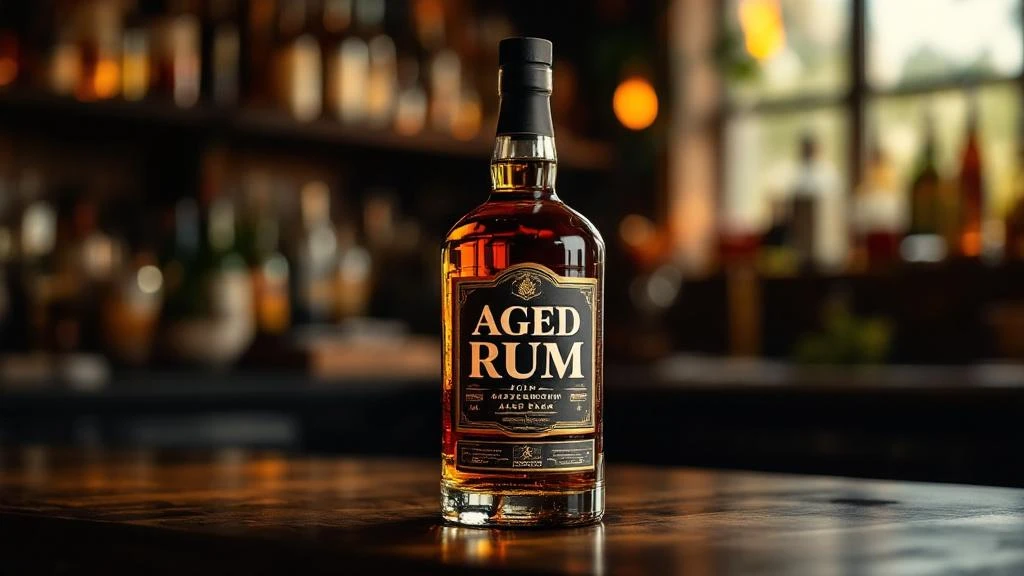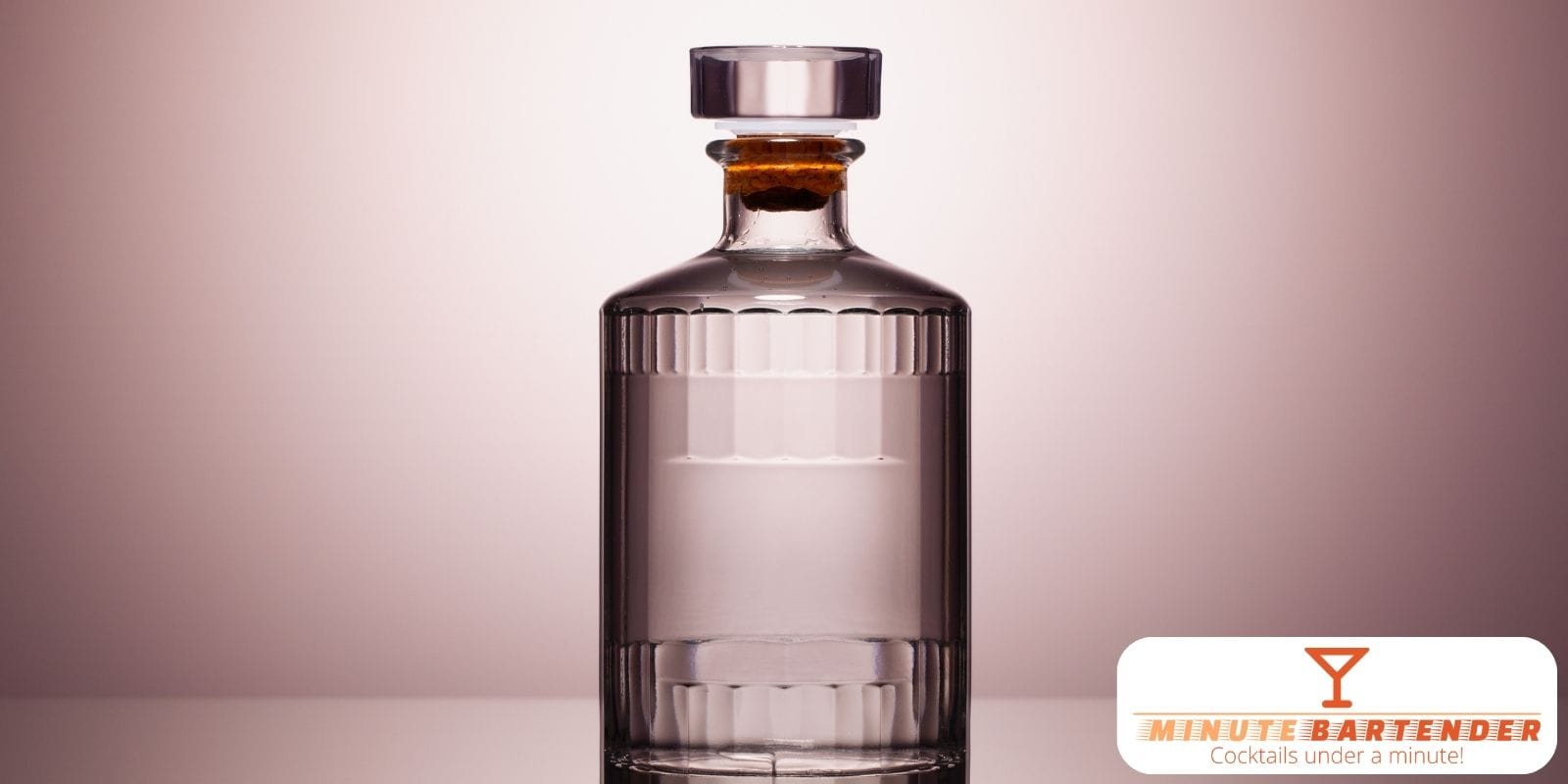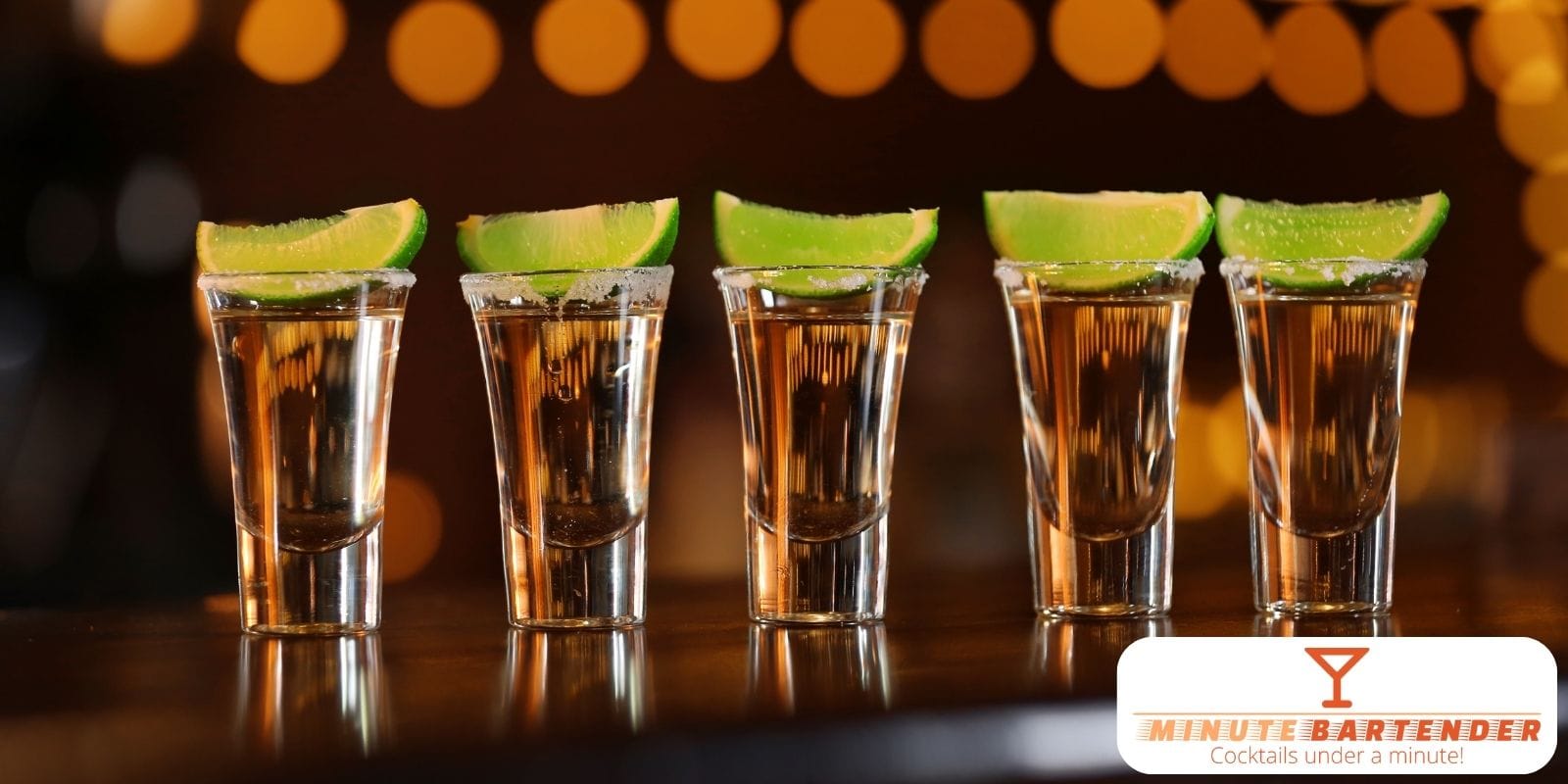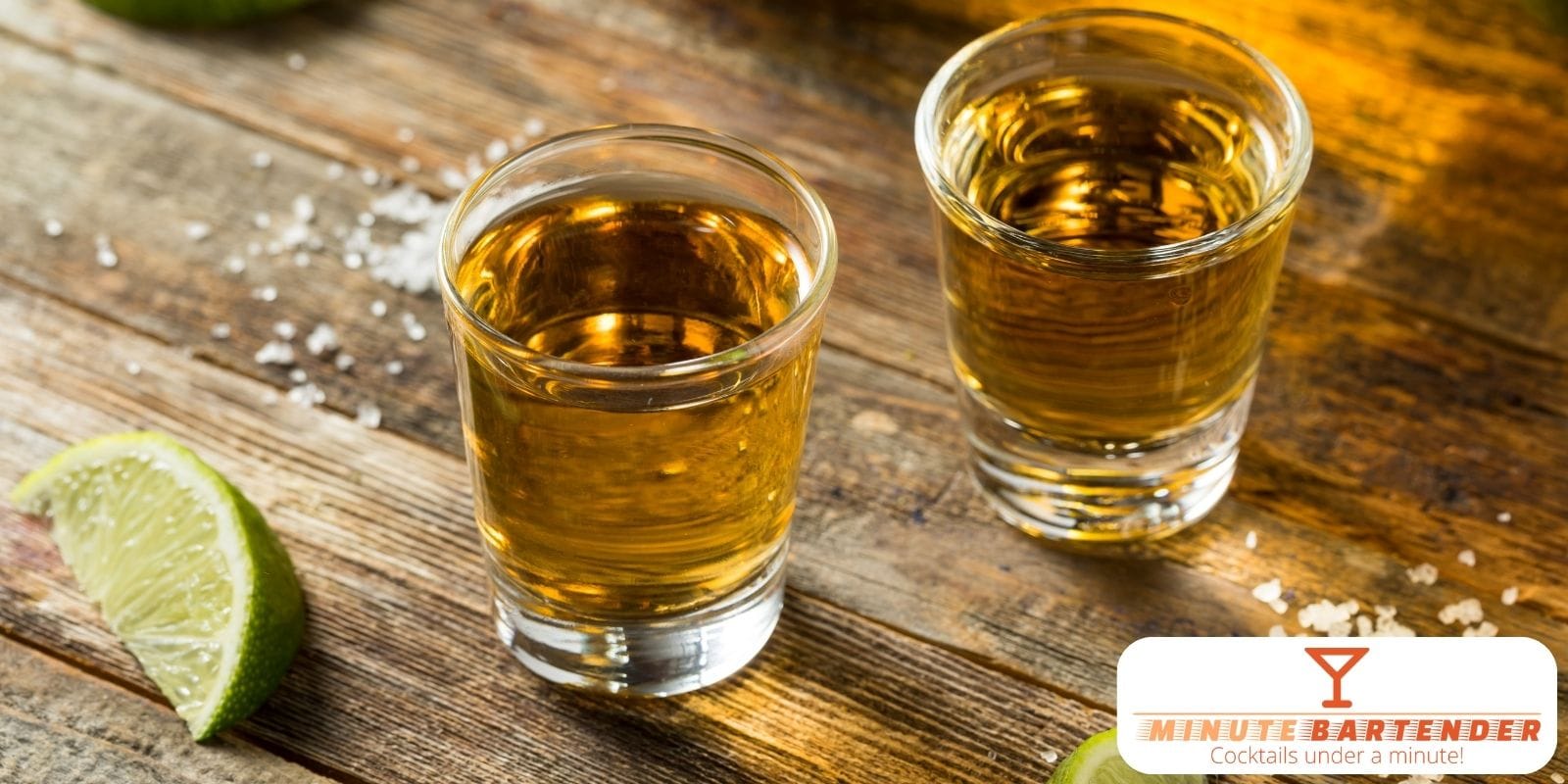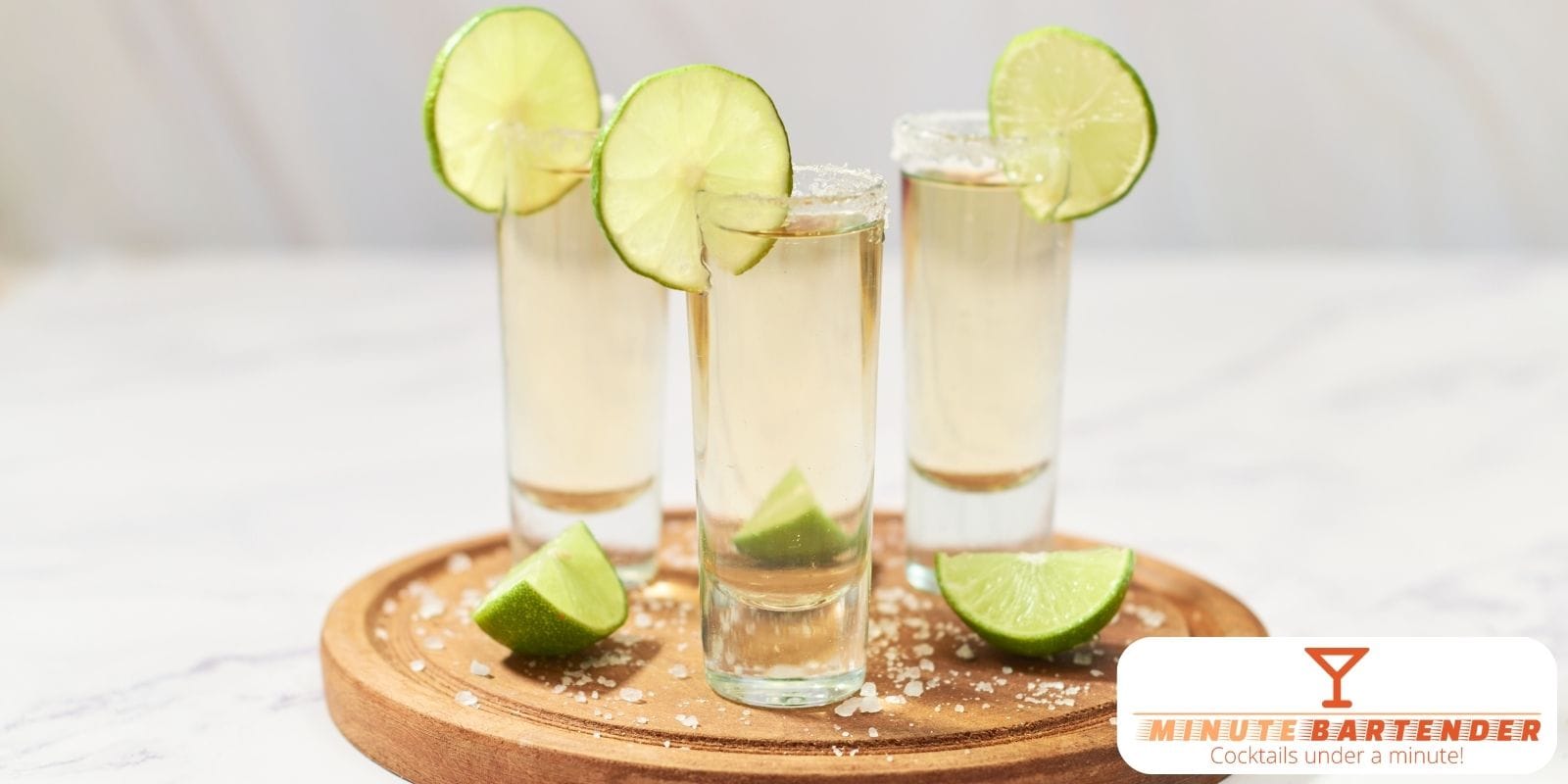Aged rum represents the pinnacle of Caribbean distilling craftsmanship. The journey of aged rum begins with the careful selection of ingredients, often a blend of molasses or sugarcane juice. Once distilled, the spirit is placed into wooden barrels for aging. This maturation process transforms raw rum into complex spirits with depth and character that rival whiskey and cognac.
What sets aged rum apart? Time, patience, and the magic of wood interaction. The aging process mellows the rum, contributing to its complex flavor. The result is a spirit that offers incredible value, quality, and diversity – perfect for both novice drinkers and seasoned connoisseurs.
The Rich History of Aged Rum
Caribbean Origins and Early Development
Rum originated in the Caribbean in the 17th century. The history of rum dates back to the 14th century, with varieties of it popping up throughout Asia and India. However, its distillation didn’t begin until the 1600s, when Caribbean plantation slaves realized that the molasses left over from the refinement of sugarcane could be turned into alcohol.
Mount Gay in Barbados claims to be the oldest rum distillery in the world, dating back to 1703. This distillery continues producing rum using traditional methods, showcasing the centuries-old connection between rum and Caribbean culture.
Colonial Influence and Global Expansion
The British, French, and Spanish colonizers established their own distilleries, each putting their unique spin on the rum production process. The British favoured the use of pot stills, which produced heavier and more flavorful rum, while the French introduced the concept of ageing rum in oak barrels, adding complexity and depth to the spirit.
Rum has a long, rich association with mariners of all types. When English privateers, who used it in trade, became pirates, they brought with them their affinity for the spirit. And when the British Royal Navy captured Jamaica in 1655 they found rum to be so plentiful that they began drinking it instead of their beloved brandy.
Modern Evolution
The modernisation of Rum production has been a transformative process that has evolved over several centuries, driven by technological advancements, changing consumer preferences, and innovations in distillation and ageing techniques.
In the mid 1800s, Caribbean rum distillers dramatically improved their distillation, filtering and aging techniques, and the result was much closer to the crisp, smooth rum spirit that we know today.
Aged Rum Flavor Profiles and Characteristics
Core Taste Elements
At its core, rum is known for its inherent sweetness, derived from sugarcane byproducts such as molasses or sugarcane juice. This sweetness can range from subtle to pronounced, depending on the type of rum and its production process.
Vanilla and Caramel: Commonly derived from the interaction with oak, these sweet and comforting notes add depth to the rum. Spice and Oakiness: Aged rums often exhibit spicy characteristics, with hints of cinnamon, nutmeg, and oak imparted by the barrel.
Complexity Through Aging
Dried Fruit and Nuttiness: Extended aging can contribute to the development of dried fruit flavors, such as raisins or figs, accompanied by nutty undertones. Complexity and Elegance: Aged rums are celebrated for their complexity, offering layers of flavors that unfold on the palate.
Premium aged rum: These rums are aged for many years, developing a sophisticated and nuanced taste. Expect complex layers of flavour, including deep caramel, rich toffee, dark chocolate, dried fruits, and oak.
Aging Categories
Gold or Amber Rums: Aged for a relatively short period, these rums showcase a balance between the youthful vibrancy of white rum and the depth of aged expressions. Dark or Añejo Rums: Aged for an extended period, often in charred barrels, resulting in a darker color and pronounced flavors.
Many fine rums are aged in oak barrels for years to achieve a superior flavor profile. The interaction of spirit and wood has a positive effect on the smoothness, the richness and the subtle flavors of the rum.
Global Aged Rum Traditions and Regional Specialties
Spanish Heritage Style
Well-known examples of aging-forward rums include Bacardi Ocho, Flor de Caña 12- and 18-year, Havana Club 7, Brugal 1888, and Santa Teresa 1796. One of the signature notes of Spanish Heritage rum is roasted coffee beans.
Spanish Style Rum, also known as “Ron,” is a style associated with Spanish-speaking Caribbean countries, including Puerto Rico, the Dominican Republic, and Venezuela. Spanish-style rums are often lighter in body and smoother in flavor, typically distilled using column stills and aged for a period of time to create a mellow, approachable profile.
French Agricole Tradition
Rhum Agricole has a grassy, earthy, and slightly vegetal flavor profile, which reflects the terroir of the sugarcane fields. The French influence in these territories has led to a refined approach to rum making, treating Rhum Agricole with the same respect and precision as fine wine or cognac.
Rums made from freshly pressed sugarcane have an amazing grassy, vegetal note and an inherent freshness to them, whether aged or not. When they are aged they take on a notes of sesame seed, linseed oil and a nutty character on the finish.
English Pot Still Tradition
English Rum is produced in former English colonies such as Jamaica, Trinidad, and Guyana. It has a heavy, molasses-influenced flavor and a higher percentage of pot-distilled rums.
Known for the fresh, fruity and funky flavors produced by long fermentations and pot still distillation, Jamaican rum holds a special place in many spirit enthusiasts’ hearts.
Tasting and Evaluation of Aged Rum
Visual Assessment
When evaluating fine rums, judges will examine the color, clarity and viscosity of rums by holding a tasting glass up to a light source and swirling the product. The resulting drips of liquid on the glass, known as “legs” offer an indication as to the range of thin or thick characteristics.
Visual: Observe the colour, which can range from clear to deep amber, indicating the type and age of the rum.
Aroma Analysis
Aroma: Swirl the rum in your glass and inhale deeply. Note the primary aromas, such as vanilla, caramel, spices, or fruit.
Color variations tell stories about production methods and aging. Aged rums generally take on darker and richer colors due to the time spent in barrels. Charred oak barrels can impart dark tones.
Palate Evaluation
Taste: Take a small sip and let it coat your palate. Identify the initial flavors and how they evolve. Pay attention to the balance of sweetness, spice, and other notes. Finish: Notice the aftertaste and how long the flavours linger. A longer finish often indicates a well-aged rum with complex characteristics.
Quality Indicators
The rich color of the rum may indicate a level of maturity compared to other products. Exceptional clarity may indicate sophisticated filtering methods have been used.
The aging environment matters significantly. Due to the tropical climate common to most rum-producing areas, rum matures at a much faster rate than is typical for whisky or brandy (i.e. achieving a similar level of maturity takes considerably less time).
Aged Rum Buying Guide
Understanding Price Points
Is more expensive rum better? You’d think that would be a no-brainer, but I don’t make assumptions. The reality is more nuanced than simple price correlation.
So, if you are on a budget, rum may be a great way for you to start with aged spirits because nowhere else do you get a high end quality at a novice price tag.
Budget-Friendly Options Under $30
Most rum brands offer budget-friendly options while maintaining great quality and premium products. These are excellent for sipping and mixing.
Excellent affordable options include:
- El Dorado 12 Year Old from Guyana (great notes of anise and smooth, long finish) – $24
- Flor de Cana Gold 4 year from Nicaragua (Exceptional value and heavily underpriced) – $16
- Ron Centenario 7 Year Añejo Especial is a premium rum made from sugarcane juice. This rum is aged seven years in American oak barrels using the Solera aging method
Mid-Range Selections ($30-60)
The 7-year-old Ron Centenario sells for around $20. Based on the price, I expected a decent but not exceptional rum. It’s aged in American oak barrels but lacks a strong aroma. The taste is enjoyably smooth, with a honey sweetness, some clove and cinnamon spices, a dash of smokiness, a bit of vanilla and coconut.
Premium Choices ($60+)
At $50-$60 a bottle, the 20-year-old Ron Centenario should hit it up a notch, and it does! It’s deeper in color, and you can actually smell the aromas with your nose several inches from the glass. With its longer maturation time in the barrels, the flavors are more complex- there’s more oakiness, vanilla, and a lusher mouthfeel, along with tropical fruit flavors.
What to Look for When Shopping
Most rums are blended from rums of different ages and origins, assuring a consistent flavor profile and proof. Even rums labeled as “single barrel” are often premium blends that have been re-casked for the purpose of additional aging.
Key buying considerations:
- Age statements and production methods
- Country of origin and colonial heritage
- Distillation type (pot still vs column still)
- Barrel types used for aging
- Added sugar or coloring disclosure
Top Aged Rum Products
Award-Winning Premium Expressions
Hampden Estate Eight Year Old – Silky, smooth and tropical, this eight-year-old rum from Jamaica’s Hampden Estate distillery is produced with the same techniques that were used when it was founded in the 18th century. A medley of ripe banana, allspice, orange zest and baked apple aromas fill the nose, complemented by notes of ginger, vanilla, dark chocolate, praline and roasted coffee beans throughout the palate.
Ron Zacapa Centenario Sistema Solera 23 – It is a rich blend of characterful rums matured in Zacapa’s solera system and then further aged in ex–American whiskey casks. The aroma is of toasted almonds, cinnamon and sticky toffee, which is also echoed on the palate.
Diplomatico Reserva Exclusiva – Diplomatico Reserva Exclusiva is a Venezuelan rum made from molasses, distilled in copper pot stills and matured in whiskey barrels. Well suited to the festive season, it contains hints of sultanas, chocolate, Christmas cake and gingerbread.
Exceptional Value Selections
Appleton Estate 12 Year Old – Appleton-branded liquid gold has been in constant production here since 1749. Appleton Estate sits in the Nassau Valley of Jamaica — an amazing rainforest with steeply domed hills and narrow valleys filled with some of the finest “terra rosa” soils on the planet.
Plantation Barbados XO 20th Anniversary – This little Caribbean Queen lies a little about her age… she shouldn’t, because those extra few months make all the difference. Plantation Rum is owned by French Cognac producer Maison Ferrand.
Mount Gay Black Barrel – Master blender Trudiann Branker recently made some significant changes to the Black Barrel expression: it’s aged for three to seven years, has a bit more pot still distillate in the blend, and the finish in heavily charred ex-bourbon barrels increased from one to six months.
Classic Aged Rum Cocktails
Rum Old Fashioned
The Rum Old Fashioned cocktail is a simple take on the classic version, swapping out whiskey for dark rum and a dash of allspice. Dark rum presents oaky notes from aging in barrels, which should appeal to whiskey drinkers.
This sophisticated sipper showcases aged rum’s complexity. The rum old fashioned doesn’t have a clear-cut history, as many an imbiber has been mixing rum with sugar, water—and later, bitters—for hundreds of years now. Perfect for highlighting premium aged rums neat with minimal dilution.
Dark and Stormy Variations
While traditionally made with ginger beer, aged rum versions elevate this classic with deeper flavors and complexity. The spiced notes in aged rum complement ginger’s heat beautifully.
Aged Rum Manhattan
A sophisticated twist replacing whiskey with aged rum creates a tropical Manhattan. The oak and vanilla notes from barrel aging mirror whiskey’s characteristics while adding rum’s unique sweetness.
Rum Punch Elevated
Traditional rum punch gains sophistication when crafted with aged expressions. The barrel-aged complexity balances citrus and spice elements perfectly.
Premium Daiquiri
A classic daiquiri does that, and so does the rum old fashioned. Using aged rum transforms the simple three-ingredient daiquiri into a complex showcase of rum craftsmanship.
Aged Rum Neat or On the Rocks
Neat Sipping: Aged rums are often enjoyed neat or on the rocks to savor their intricate flavors without dilution. The ultimate way to appreciate the distiller’s art and the barrel’s contribution.
Pairing Suggestions
Food Pairings: Consider pairing aged rums with complementary foods such as dark chocolate, nuts, or rich desserts. The interplay of flavors can create a memorable dining experience.
Aged rum offers incredible diversity, quality, and value. Whether you’re starting your rum journey with budget-friendly options or exploring premium expressions, this spirit category delivers complexity and character that rivals any aged spirit. The key lies in understanding regional styles, production methods, and personal preference to find your perfect aged rum match.
From the funky pot still rums of Jamaica to the refined solera-aged expressions of Guatemala, aged rum tells stories of tradition, innovation, and craftsmanship. Take time to explore different styles, taste thoughtfully, and discover why aged rum continues capturing hearts worldwide.







